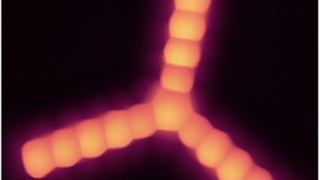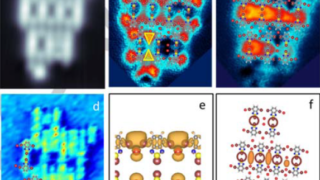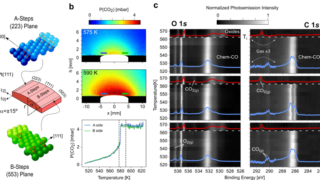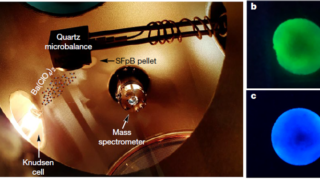
Largest unsubstituted starphene to date
Acenes are the class of organic compounds made up of linearly fused benzene rings. The best known of acenes is the compound with three rings, anthracene. The larger representatives, like pentacene (the one with five rings) have potential interest in optoelectronic applications and are actively researched in chemistry and electrical engineering. Starphenes are 2D polyaromatic […]


